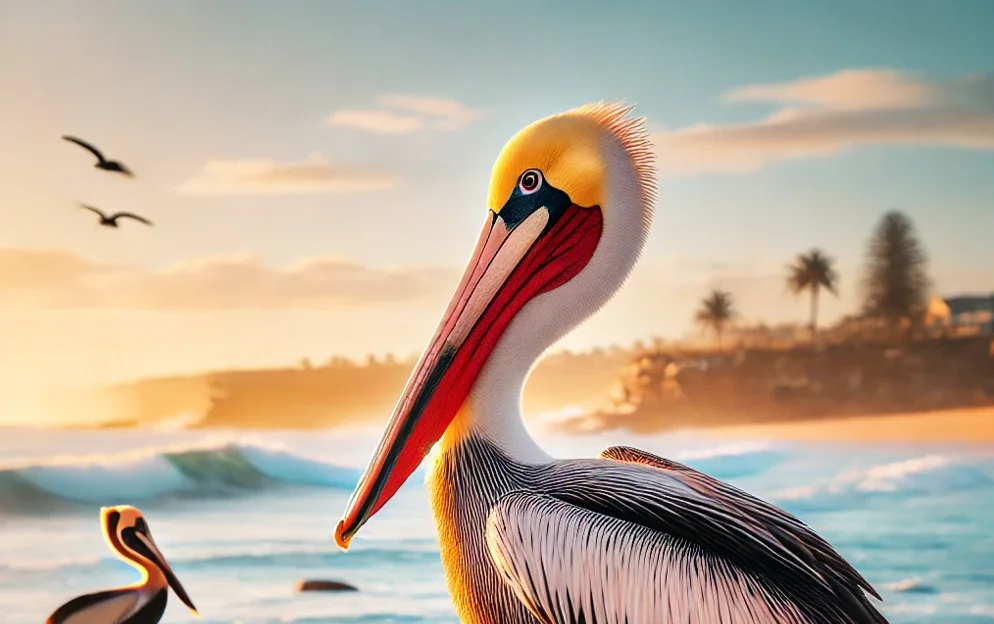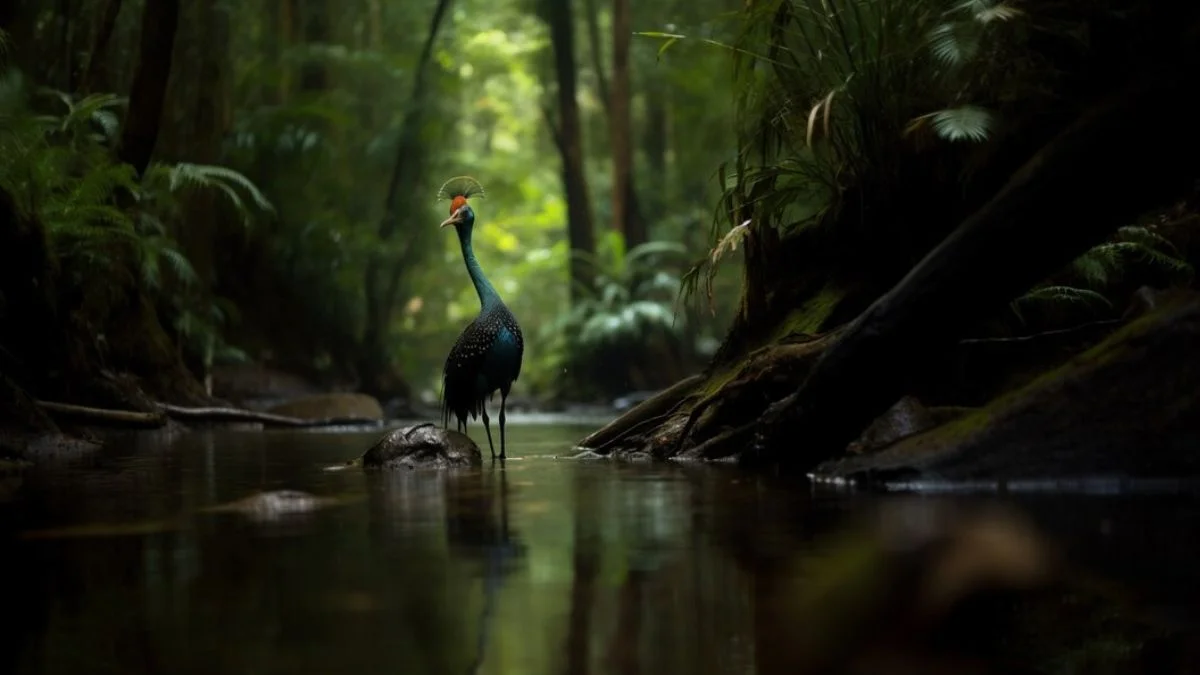In the realm of mythical creatures, peiscans captivate with their vibrant appearance, benevolent nature, and powerful symbolism. Known in folklore as guardians of nature, these enigmatic beings possess traits that highlight both their mystique and their gentle strength. Unlike traditional dragons or griffins, peiscans embody harmony and ecological balance, inspiring countless myths and modern stories. These creatures, often imagined with vibrant scales, intricate horns, and elemental connections, fascinate those who seek a deeper connection to nature and spirituality.
Historically, peiscans have held a special place in ancient tales, where they are often portrayed as protectors of sacred lands and mediators between the physical world and the spiritual plane. Legends describe them as creatures of compassion, promoting coexistence between humans and the natural world. As we explore their origin, physical characteristics, and symbolic meaning, it becomes clear that peiscans are more than just another mythical creature—they are icons of harmony, guardianship, and timeless wisdom.
Origins of Peiscans: A Mythological History
The roots of peiscan mythology stretch across cultures, with early references to these beings appearing in stories from ancient civilizations that revered nature. In many cultures, they were depicted as powerful yet gentle creatures, entrusted with the responsibility of maintaining the balance within ecosystems. Unlike dragons, often portrayed as fierce or combative, peiscans were celebrated for their wisdom and willingness to assist those who respected their environment. These mythical beings became essential in folklore, representing an idealized connection between humanity and nature.
Ancient tales often speak of peiscans as intermediaries between realms, creatures that could traverse spiritual planes to communicate with gods or other divine beings. This belief underscored their reputation as nature guardians, a role they were believed to fulfill with a mix of kindness and authority. Throughout history, peiscans became symbols of harmony, regarded with reverence by those who believed in their power to protect and nurture life.
Peiscans vs. Dragons and Other Mythical Beings
Peiscans are often compared to dragons and griffins, yet they stand out due to their uniquely peaceful nature. While dragons are typically known for their fiery breath and imposing presence, peiscans are seen as embodiments of tranquility and gentleness. Where a dragon might dominate, a peiscan nurtures, establishing a harmonious contrast that makes them distinct among mythical creatures.
Unlike griffins, which symbolize strength and courage, peiscans represent a delicate balance between power and compassion. They are often imagined with wings, elongated limbs, and intricate horns, giving them an otherworldly yet approachable appearance. This contrast makes peiscans appealing to those who admire mythical beings that align with environmental stewardship and spiritual wisdom, fostering a sense of unity with nature.

Physical Characteristics of Peiscans
Peiscans are known for their vivid colors, often represented in shades of green, blue, and gold, symbolizing their ties to natural elements like water, earth, and sunlight. Their scales are described as radiant, reflecting light in mesmerizing patterns that capture the essence of nature’s beauty. With large, expressive eyes and a serene gaze, peiscans possess a look that conveys wisdom and empathy, further enhancing their aura of mystery and allure.
Unique physical features, such as elegantly curved horns or feathery wings, make peiscans distinctive and add to their mystical appeal. Some legends even describe them with tails adorned with gemstones or floral patterns, enhancing their connection to the natural world. These physical traits highlight the harmonious blend of strength and gentleness that defines peiscans, making them unforgettable icons in both ancient and modern mythology.
Peiscan Habitat and Behavior
Peiscans are said to inhabit lush forests, serene mountains, and tranquil lakes—places rich in biodiversity and often untouched by human activity. These habitats provide them with a secluded sanctuary where they can perform their role as nature’s guardians, promoting ecological balance and safeguarding the environments they call home. By residing in such pristine areas, peiscans symbolize the importance of conservation and the protection of natural landscapes.
In terms of behavior, peiscans are often depicted as social creatures that establish small, close-knit communities. They are known to interact harmoniously with each other and display a hierarchical structure that values wisdom and compassion over sheer strength. Peiscans are believed to share their knowledge with younger generations, emphasizing the importance of environmental adaptability and resilience.
Peiscans in Ancient Folklore and Legends
In folklore, peiscans are celebrated as benevolent beings who guide and protect those who seek harmony with nature. Numerous ancient tales speak of travelers or lost wanderers who, with the help of peiscans, found their way through treacherous terrain or learned valuable lessons about respecting the natural world. Such stories portray peiscans as wise teachers, imparting lessons of humility and reverence for life.
Legends also describe peiscans as creatures capable of sensing and healing environmental damage, such as polluted rivers or weakened forests. Through their mythical powers, they restore the vitality of the land, serving as both symbols and active agents of ecological restoration. These tales continue to inspire a sense of wonder and responsibility toward nature, reflecting the peiscan’s role as a timeless guardian of life.
Symbolism and Mythical Powers of Peiscans
Peiscans symbolize compassion, balance, and the spiritual connection between humans and the natural world. They are often depicted as beings with elemental powers, able to control water, earth, and even the air around them. These abilities, while magical, represent the peiscan’s role in maintaining ecological equilibrium, emphasizing that true power lies in nurturing and preserving rather than dominating.
This symbolism has been embraced in modern mythology as well, where peiscans serve as reminders of our responsibility to protect nature. In stories, they are often portrayed as guiding spirits, leading heroes on journeys of self-discovery or aiding communities in times of environmental crisis. The mythical powers attributed to peiscans continue to resonate with audiences, reminding us of our role as stewards of the earth.
Peiscans and Their Role in Popular Culture
In recent years, peiscans have captured the imagination of writers, filmmakers, and game developers, appearing in books, films, and fantasy games as embodiments of wisdom and environmental balance. Their presence in popular culture speaks to a growing appreciation for mythical beings that inspire rather than intimidate, aligning with contemporary values of conservation and harmony.
Modern portrayals often depict peiscans as benevolent guides who help characters navigate moral dilemmas or teach them the importance of ecological balance. This role resonates with audiences, offering a refreshing alternative to more traditional, aggressive mythical creatures. Peiscans in media continue to embody a sense of wonder and respect for nature, making them beloved figures in the fantasy genre.
Also Read: WNFLB: Empowering Women in Professional Sports
Contemporary Views on Peiscans and Environmental Conservation
Today, peiscans are more than just mythical creatures; they have become symbols of the growing environmental movement. Their connection to nature and advocacy for balance align with modern concerns about ecosystem preservation and conservation efforts. The idea of peiscans as nature guardians has inspired various campaigns aimed at protecting endangered habitats and promoting sustainable practices.
By embodying these ideals, peiscans encourage a renewed sense of responsibility toward our planet. As stories of these creatures continue to spread, they serve as gentle reminders of the harmony that can be achieved when humanity works with nature rather than against it. The peiscan’s legacy as a guardian of ecosystems remains relevant, fostering hope and dedication to a more balanced world.
FAQs About Peiscans
What are peiscans, and how do they differ from dragons?
Peiscans are mythical creatures known for their benevolent nature and close ties to the natural world. Unlike dragons, which are often depicted as powerful and combative, peiscans are guardians of nature who promote harmony and balance.
Where do peiscans live?
Peiscans are believed to inhabit untouched natural landscapes like forests, mountains, and lakes, where they can maintain ecological balance and protect the environment.
What do peiscans symbolize?
Peiscans symbolize compassion, environmental conservation, and the spiritual connection between humans and nature. They are icons of harmony and guardianship, encouraging respect for the natural world.
Do peiscans appear in modern media?
Yes, peiscans have made their way into books, films, and games, where they are portrayed as wise and peaceful beings. Their presence in media reflects a broader cultural appreciation for conservation and respect for nature.
Why are peiscans important in environmental symbolism?
Peiscans represent the ideals of ecological balance and harmony. As symbols of nature’s resilience, they inspire conservation efforts and a deeper appreciation for the natural world, making them relevant in contemporary environmental discussions.










